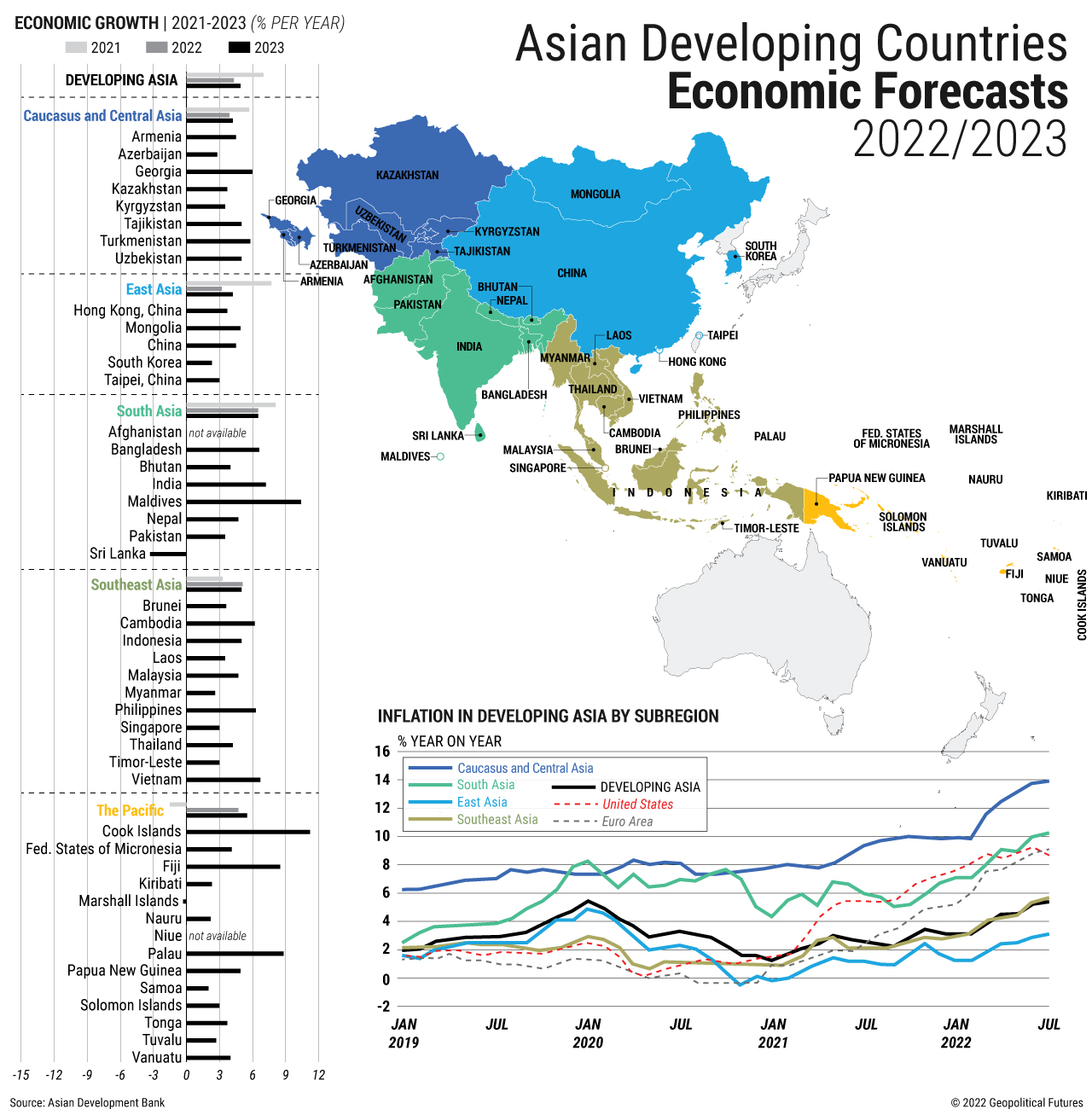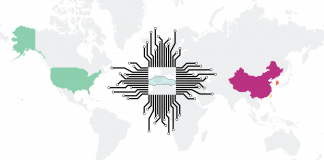Given sputtering global trade, Asian economies have relied on domestic consumption to recover from the pandemic. This was particularly notable in Malaysia, the Philippines, Thailand, South Korea, Singapore and India. Strict zero-COVID measures made China and Hong Kong exceptions to this trend.
Exports are growing at a slower rate in the first half of this year (15.1 percent, compared with 23.8 percent in 2021). Equally problematic is that two-thirds of this growth is due to rising prices. Commodities exporters, particularly of energy and food, benefited most. These include Azerbaijan, Brunei, Indonesia, Kazakhstan, Malaysia, Papua New Guinea and Turkmenistan. Manufacturing’s contribution to exports declined, and new manufacturing export orders are weakening. Measures of business managers’ confidence are negative already in China and South Korea, while Malaysia, the Philippines and Indonesia aren’t much better. Only India has bucked this trend.
The most pressing challenge for many of these economies remains the cost-of-living crisis. Asian governments have moved aggressively to keep food and fuel costs in check, implementing a variety of subsidies, tax cuts or suspensions, and price caps. In the case of food, they’ve also imposed export bans.




 Special Collection – The Middle East
Special Collection – The Middle East